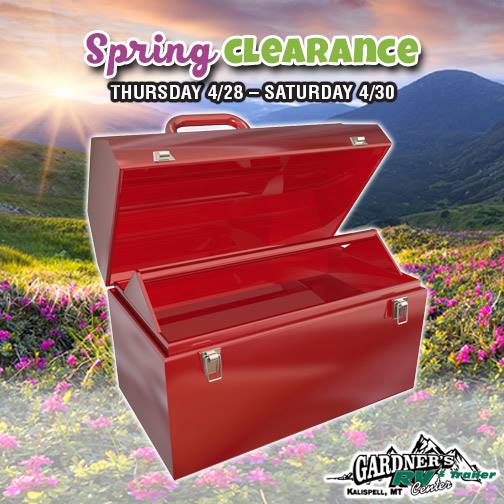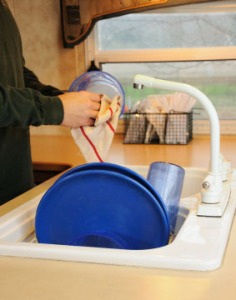RV’s today are made with many bells and whistles that make life much easier. However the added contraptions and storage compartments may sometimes lead to the risk of driving a rig that is overweight. Here are some tips to traveling light.
- Ditch the paper! Most magazines, books, and newspapers are now available for download and getting rid of paper weight can make a big difference.
- Tackle the kitchen. Adding large appliances like coffee makers, crock pots, bread machines, etc… will pack on the pounds. Choose kitchen tools that are multipurpose that will feed your crew without having to store lots of leftovers. Consider keeping service for only four and keep those pots and pans to a minimum.
- Watch your wardrobe. Make it a point not to buy a t-shirt from every town you visit and if you are picking up gifts for family and friends mail them immediately rather than store them. Hold the shoes and wardrobe to a minimum keeping only the bare necessities and wash clothes often.
- Take time to purge. Items that we once thought were a must have eventually find their way to a storage bin where they spend months and months taking up space. Take time to bless someone else with items that are still in good condition but are no longer needed in your rig.
To ensure safety check your owners manual for the optimal weight for your RV and make sure you stay well within the boundaries. Cut the clutter and you will have less to clean and keep up with allowing for more time to explore and enjoy!
RV’s today are made with many bells and whistles that make life much easier. However the added contraptions and storage compartments may sometimes lead to the risk of driving a rig that is overweight. Here are some tips to traveling light.
- Ditch the paper! Most magazines, books, and newspapers are now available for download and getting rid of paper weight can make a big difference.
- Tackle the kitchen. Adding large appliances like coffee makers, crock pots, bread machines, etc… will pack on the pounds. Choose kitchen tools that are multipurpose that will feed your crew without having to store lots of leftovers. Consider keeping service for only four and keep those pots and pans to a minimum.
- Watch your wardrobe. Make it a point not to buy a t-shirt from every town you visit and if you are picking up gifts for family and friends mail them immediately rather than store them. Hold the shoes and wardrobe to a minimum keeping only the bare necessities and wash clothes often.
- Take time to purge. Items that we once thought were a must have eventually find their way to a storage bin where they spend months and months taking up space. Take time to bless someone else with items that are still in good condition but are no longer needed in your rig.
To ensure safety check your owners manual for the optimal weight for your RV and make sure you stay well within the boundaries. Cut the clutter and you will have less to clean and keep up with allowing for more time to explore and enjoy!








